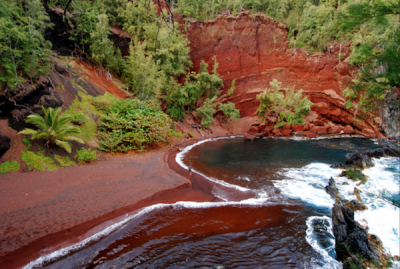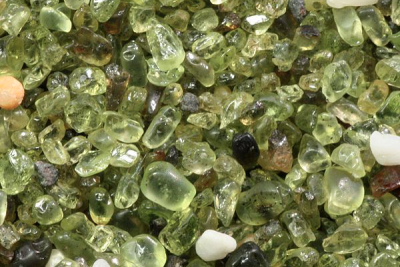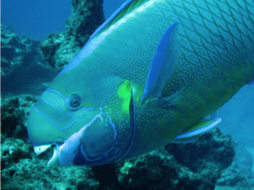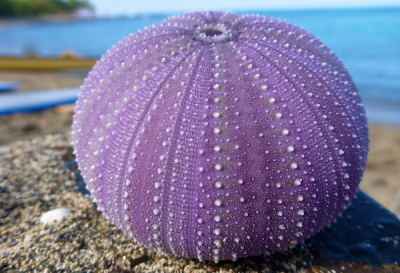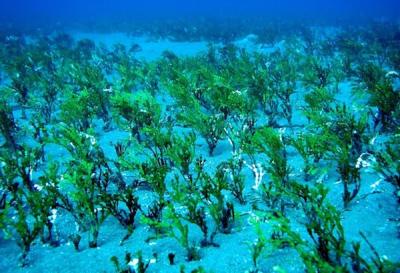Weathering and Erosion
Clarification Statement: Examples of variables to test could include angle of slope in the downhill movement of water, amount of vegetation, speed of wind, relative rate of deposition, cycles of freezing and thawing of water, cycles of heating and cooling, and volume of water flow.
Assessment Boundary: Assessment is limited to a single form of weathering or erosion.
Weathering and Erosion
Weathering is the process of breaking down EarthК»s surface into smaller peices. Weathering is often caused by wind, water, ice, plants, and changes in temperature.
Erosion is similar to weathering, but it also includes the movement of weathered pieces and their deposition. Erosion occurs through wind, running water, such as rivers, and even in the slow movement of ice in glaciers. Living organisms can also contribute to erosion. For example, plant roots can wedge inbetween cracks in rocks, and fish can break off peices of rock as they eat algae.
Both weathering and erosion can occur very quick, like during mudslides. Weathering and erosion can also be very slow, like in the formation of stream beds as water trickles through. We see examples of weathering and erosion every dayвҖ”from cracks in the sidewalks, to sand at the beach, to rocks sliding down mountains (Fig. 1).
Fig. 1. This coastline in KauaК»i has experienced weathering and erosion from water and wind.
Image by Emily Sesno
Biological organisms can also change the physical features of Earth. The science of biogeology explores the interactions between the living and non-living features of Earth.
The Different Sands of HawaiК»i
The sand that makes up the beaches in HawaiвҖҳi originates from a number of different sources. The main source of sand can often be determined by color. In HawaiК»i, there are beaches of red, black, green, and white sand. Many beaches often have multiple types of sand as well as particles from other sources (like marine debris).
Red, black, and green sands come from volcanic rock
Fig. 2. An example of a red sand on Kaihalulu beach in Maui.
Image by Courtney Nash, Flikr
Volcanic sand is formed by weathering and mechanical erosion. Red sand beaches are rare. They come from volcanic rock that is rich in iron. Kaihalulu beach on Maui is an example of a red sand beach (Fig. 2).
Fig. 3. An example of black sand from Punalu'u Beach on Oahu.
Image by Diego Delso, Wikimedia Commons
Obsidian black sand beaches form when lava enters the ocean and is rapidly cooled into black glass. The glass explodes due to the rapid cooling, and fragments are distributed onto the shoreline. Over time, these fragments become eroded by wave action into fine grains, producing the black sand of obsidian beachesвҖ”like those at PunaluвҖҳu, HoвҖҳokena, and Kealakekua beaches on the island of HawaiвҖҳi (Fig. 3). Other beaches may have black sand from erosion of volcanic rock, but they are not as uniformly dark as beaches formed primarily from obsidian glass.
Fig. 4. Olivine sand found on the island of Hawai'i.
Image by Siim Sepp, Wikimedia Commons
Green sand beaches are also formed by weathering. The mineral olivine comes from volcanic rock, which erodes into sand grains to form green sand beaches (Fig. 4).
White sand comes from living organisms
Fig. 5. An example of a coral skeleton from the Bahamas that will erode and contribute to white sandy beaches.
Image by James St. John, Wikimedia Commons
White sands are primarily made from the small remnants of living things. White sand and is often made of calcareous algae and skeletons from coral or other animals that have calcium carbonate shells or structures (Fig. 5). White sand beaches are more common in locations near reef structures. The development of white sand takes time for the dynamic processes of mechanical and biological erosion (bioerosion) to occur. During mechanical erosion, coral fragments are broken off during storms or other disturbances. These fragments, along with animal shells and calcified algae, roll back and forth with the waves, slowly eroding into smaller and smaller particles that become sand. White sand can be found in places like Lanikai beach on OвҖҳahu.
Animals help form sand
Fig. 6. A spectacled parrotfish from the Northwest Hawaiian Islands uses its bird-like beak to scrape algae off of the reef. Parrotfish are important bioeroders.
Image courtesy of the NOAA Photo Library, Wikimedia Commons
Animals that dig into coral for food help to create sand through the process of bioerosion. For example, parrotfish (uhu) are considered important bioeroders on the reef (Fig. 6). They use their fused jaws to break off pieces of live coral in order to digest the algae that live in and around the coral tissues. In the process, parrotfish grind the coral skeleton and deposit it back on the reef as a waste product. Researchers estimate that parrotfish in HawaiвҖҳi contribute up to 70% of the white sand on the beach. In addition, animals like boring sponges, worms, and bivalves, urchins, and fish also produce sand as a byproduct of grazing on coral.
Other animals that contribute to the creation of white sands include shelled animals that leave their shelled homes or spines behind when they die, such as snails, oysters, scallops, and urchins (Fig. 7). These structures roll with the waves and are slowly eroded into sand particles. Calcareous algae, like Halimeda (Fig. 8), and coralline algae, like the encrusting pink alga that cements reefs together, also leave behind their calcium carbonate structures that erode to become sand particles over time. In addition, herbivorous fishes may eat calcareous algae and deposit the remains as sand.
Fig. 7. The inner shell, or test, of the common collector sea urchin that was found off the coast of Hawai'i.
Image by Steve Jurvetson, Wikimedia Commons
Fig. 8. A meadow of calcareous Halimeda algae off the coast of Maui.
Image by Heather Spalding
|
Weathering and Erosion Vocabulary
|
Higher-level content about sand composition, size, shape, and classification is covered in the middle-high school level Exploring Our Fluid Earth Curriculum here.



